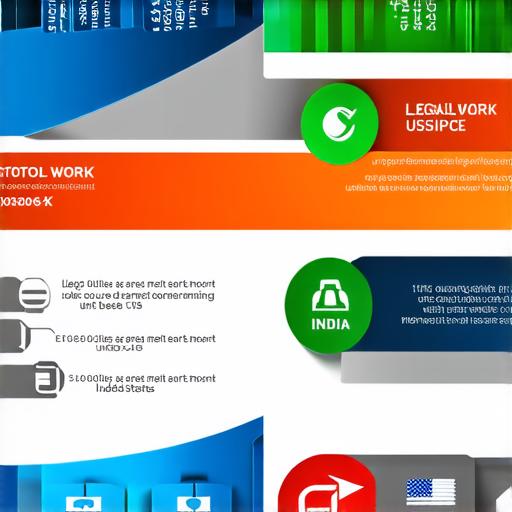How has outsourcing affected india economically

better understand how outsourcing has affected India economically, it is useful to look at some real-life examples of companies that have successfully outsourced work to Indian providers.
One such example is Infosys, one of the largest IT services providers in India. Infosys has been able to leverage its skilled labor force and specialized expertise to provide a wide range of IT services to clients around the world, including software development, testing, and maintenance.
Another example is Wipro, another major IT services provider based in India. Wipro has successfully outsourced work to Indian providers for many years, leveraging its large pool of skilled labor to provide high-quality IT services to clients around the world. This has helped Wipro to grow rapidly and become one of the largest IT services providers in the world.
Personal Experiences with Outsourcing in India
As someone who has worked with outsourcing partners in India for many years, I can attest to the benefits and challenges of this approach. On the one hand, outsourcing can provide access to specialized expertise and cost savings that can help businesses to improve their bottom line. On the other hand, there are potential drawbacks, including cultural misunderstandings and communication breakdowns, that can impact the success of an outsourcing relationship.
To better understand how outsourcing has affected India economically, it is useful to look at some real-life examples of companies that have successfully outsourced work to Indian providers. One such example is Infosys, one of the largest IT services providers in India. Infosys has been able to leverage its skilled labor force and specialized expertise to provide a wide range of IT services to clients around the world, including software development, testing, and maintenance.
Another example is Wipro, another major IT services provider based in India. Wipro has successfully outsourced work to Indian providers for many years, leveraging its large pool of skilled labor to provide high-quality IT services to clients around the world. This has helped Wipro to grow rapidly and become one of the largest IT services providers in the world.
Personal Experiences with Outsourcing in India
As someone who has worked with outsourcing partners in India for many years, I can attest to the benefits and challenges of this approach. On the one hand, outsourcing can provide access to specialized expertise and cost savings that can help businesses to improve their bottom line. On the other hand, there are potential drawbacks, including cultural misunderstandings and communication breakdowns, that can impact the success of an outsourcing relationship.
One of the key benefits of outsourcing in India is cost savings. According to a report by Accenture, offshoring can reduce costs by up to 60%, making it an attractive option for businesses looking to improve their bottom line. This cost savings can be achieved through a variety of means, including lower labor costs, reduced overhead expenses, and access to specialized expertise that may not be available in-house.
Another benefit of outsourcing in India is improved efficiency. By outsourcing certain tasks to specialized providers, businesses can free up their own resources to focus on core competencies, allowing them to work more efficiently and effectively. This can lead to increased productivity and faster time-to-market for new products and services.
However, there are also some potential drawbacks to outsourcing in India. One of the main concerns is the potential for job loss among local workers, as companies may choose to outsource certain tasks rather than hiring additional staff. This can have a negative impact on the economy, as unemployed workers may have less purchasing power and be less likely to contribute to economic growth.
Another concern is the potential for cultural misunderstandings and communication breakdowns between outsourcing partners. While India has a large pool of skilled labor, there are also significant language and cultural barriers that can make it difficult for businesses to communicate effectively with their outsourcing partners. This can lead to delays, mistakes, and other problems that can impact the success of an outsourcing relationship.
The Future of Outsourcing in India
Despite these challenges, outsourcing is likely to continue playing a significant role in India’s economy for the foreseeable future.


















